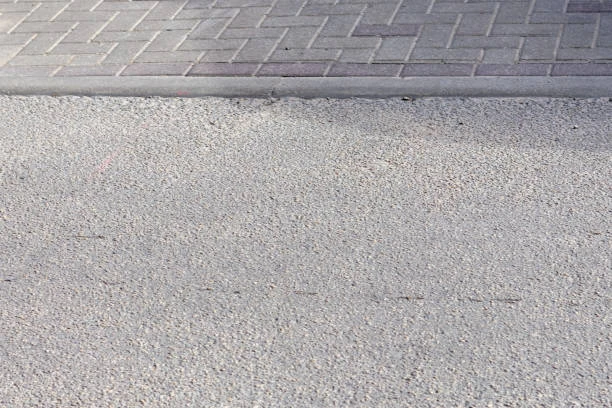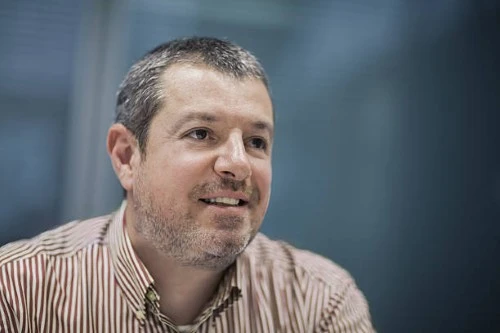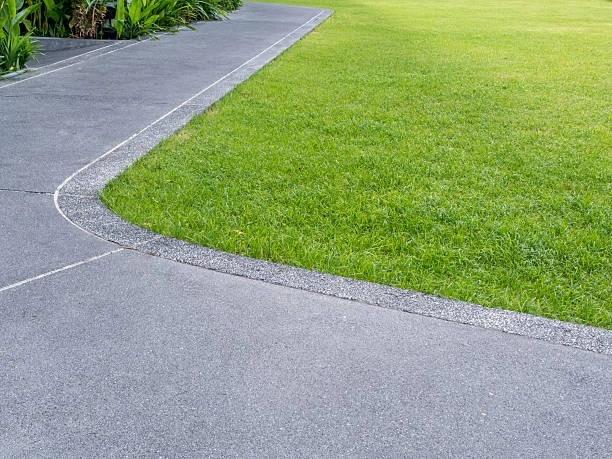Homeowners contemplating driveway installations or replacements face numerous material choices, each offering distinct advantages and limitations affecting long-term satisfaction and value. Understanding how different options compare across critical factors including cost, durability, maintenance, and aesthetics enables informed decisions matching specific requirements and priorities. Traditional materials including concrete, tarmac, block paving, and gravel have served UK properties for decades, though modern alternatives now challenge their dominance through superior performance in key areas.
Comprehensive comparisons must consider both immediate factors including installation costs and visual appeal alongside long-term considerations encompassing maintenance requirements, expected lifespan, and eventual replacement needs. Simple initial cost comparisons often mislead, as materials requiring frequent maintenance or early replacement ultimately prove more expensive than premium alternatives with higher upfront pricing but minimal lifecycle costs. This lifecycle perspective produces different conclusions than focusing solely on installation budgets.
Concrete: Traditional Reliability with Limitations
Concrete driveways have provided affordable, durable surfacing for generations throughout the UK. The material offers reasonable longevity, typically lasting fifteen to twenty years before requiring significant repairs or replacement. Installation costs remain moderate compared to premium alternatives, making concrete attractive for budget-conscious homeowners. However, concrete suffers from several significant limitations including cracking susceptibility, staining vulnerability, and visual plainness that fails to enhance property aesthetics meaningfully.
Maintenance requirements prove moderate, with periodic sealing recommended for preventing moisture penetration and staining. Cracks develop inevitably as concrete ages, requiring patching that rarely matches surrounding surface appearance. The impermeable nature creates drainage complications requiring planning permission for installations over five square meters, adding regulatory complexity that permeable alternatives avoid.
Tarmac: Economy with Compromises

Tarmac represents the most economical hard surfacing option, providing basic functionality at minimal cost. Installation proceeds rapidly compared to most alternatives, minimizing disruption during construction. However, tarmac delivers limited aesthetic appeal, with black or grey surfaces offering little visual interest. Durability proves adequate rather than exceptional, with surfaces typically requiring replacement or major repairs within ten to fifteen years.
Maintenance demands include periodic sealing and crack repair as materials age and degrade. The surface softens during hot weather, becoming vulnerable to deformation from vehicle loads and potentially tracking into homes. Like concrete, tarmac creates impermeable surfaces generating drainage complications and planning requirements that modern permeable alternatives avoid entirely.
Block Paving: Attractive but Maintenance-Intensive
Block paving provides attractive traditional appearances with numerous design possibilities through various brick colours, patterns, and laying styles. The material offers reasonable durability when properly installed, with individual damaged blocks replaceable without affecting entire surfaces. However, maintenance requirements prove substantial, with regular weeding, occasional sand replacement, and periodic re-leveling necessary for maintaining appearance and functionality.
Installation costs exceed concrete or tarmac while lifecycle costs accumulate through ongoing maintenance needs. Blocks may shift over time creating uneven surfaces requiring professional re-laying. The permeable nature between blocks provides some drainage benefits, though not matching purpose-designed permeable systems' effectiveness.
Gravel: Natural Appeal with Practical Limitations
Loose gravel offers natural aesthetics and low initial costs making it attractive for rural properties and traditional settings. The permeable nature provides excellent drainage supporting environmental objectives and eliminating planning complications. However, practical limitations including stone migration, weed growth, and maintenance demands frustrate many gravel driveway owners.
Regular raking, stone replacement, and weed control prove necessary for acceptable appearances. Stones constantly scatter onto adjacent areas requiring cleanup while tracking into homes on footwear and vehicle tires. The unstable surface creates accessibility challenges for wheelchairs, high heels, and some vehicles.
Resin Surfacing: Modern Performance Standards

Modern resin driveways address traditional materials' most significant limitations while delivering superior performance across multiple criteria. The permeable structure satisfies drainage requirements without planning complications while providing stable, comfortable surfaces accommodating all users. Maintenance requirements prove minimal, with occasional sweeping and infrequent pressure washing sufficient for maintaining pristine appearances throughout twenty-five-year-plus lifespans.
Installation costs exceed basic alternatives though lifecycle economics favour resin through eliminated maintenance expenses and superior durability. The aesthetic versatility enables personalization impossible with most traditional materials, with extensive colour ranges and design flexibility creating distinctive installations enhancing property values substantially.
Making Informed Decisions
Selecting appropriate surfacing requires balancing numerous factors according to individual priorities, budgets, and circumstances. Homeowners planning long-term residence in properties benefit from premium materials justifying higher initial investments through superior long-term value. Those anticipating near-term property sales might reasonably choose economical options providing acceptable appearance and functionality during ownership periods.
Property types and architectural contexts influence appropriate material selections, with traditional cottages potentially suiting natural materials while contemporary homes benefit from modern resin technology. Regional traditions and neighbourhood norms provide guidance, though quality installations of any appropriate material type generally enhance rather than detract from property values.
Conclusion
Comprehensive comparisons reveal that modern resin technology offers compelling advantages over traditional UK driveway materials across most evaluation criteria. While initial costs exceed basic alternatives, superior performance, minimal maintenance, and extended durability deliver exceptional long-term value justifying premium investments for most homeowners. Understanding these comparative advantages enables confident decisions that serve property owners well throughout decades of reliable service. This evolution toward advanced materials reflects broader construction trends where innovation addresses traditional limitations while respecting valued characteristics, similar to how modern road surfacing worldwide balances heritage techniques with contemporary performance requirements producing superior outcomes serving communities more effectively.
Total Surfacing Solutions Ltd
Unit 1, 1 Wareham's Ln, Hertford SG14 1LA, United Kingdom
+441992551281
Location map: https://maps.app.goo.gl/UxNfsRJLt264q3qw5



